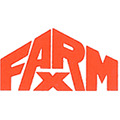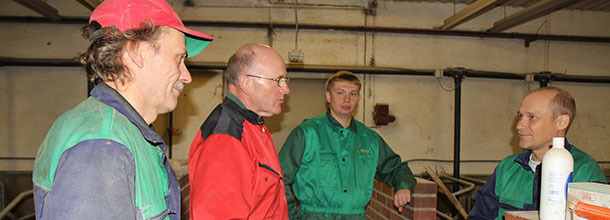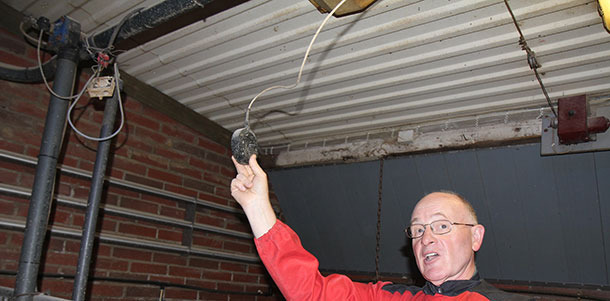 How do you ventilate a piggery in a country that can have extremes of temperature ranging from – 30⁰ C to + 30⁰C (-22⁰F–+86⁰F)? Ventilation expert Hugh Crabtree was invited to the Ostrobothnia region of Finland to answer this question.
How do you ventilate a piggery in a country that can have extremes of temperature ranging from – 30⁰ C to + 30⁰C (-22⁰F–+86⁰F)? Ventilation expert Hugh Crabtree was invited to the Ostrobothnia region of Finland to answer this question.
His answer? Wherever you are geographically you need to follow the basic rules, starting with the biology — what the pig needs - and do the job properly. Mr Crabtree, who is managing director of Berkshire-based environmental company Farmex, addressed two pig and poultry seminars and also made farm visits.

Finland’s small but relatively efficient pig industry has, unsurprisingly, very well-insulated buildings — ‘U’ values of 0.12 compared with the UK best of 0.36 — and uses predominantly negative-pressure, controlled-inlet ventilation systems, “just like everybody else”.

Hugh Crabtree (2nd left) discusses the finer points of ventilation with producers on a Finnish pig farm.
But how do you avoid under-ventilating houses when the outside temperature is several degrees below zero? The Finns use hot water heating systems because they have plenty of wood to burn. They position their heating pipes close to the air inlets to take chill off their incoming air before it drops down on to the pigs.
As a further precaution, inlets are adjusted at low ventilation rates so that the air velocity is high enough to penetrate right into the room warming up on the way. Occasionally the inlets freeze up due to condensation — the ice acting as efficient glue, explained Mr Crabtree. Farmers showed interest in the UK system of monitoring ventilation, which enables the producer to check what is actually happening to the pigs’ environment, from the comfort of their office or home, and this is seen as a huge development.
Interestingly, says Mr Crabtree, by law, only one-third of the floors for growing pigs is slatted, with a further third free-draining solid and the remaining area solid, too. The national herd has very high health status and all farms are certified salmonella-free.

Hugh Crabtree demonstrates the best position of a temperature control sensor — particularly critical with extremes of temperature. The horizontal pipes on the wall carry hot water — necessary to counteract the severe Finnish winters.


